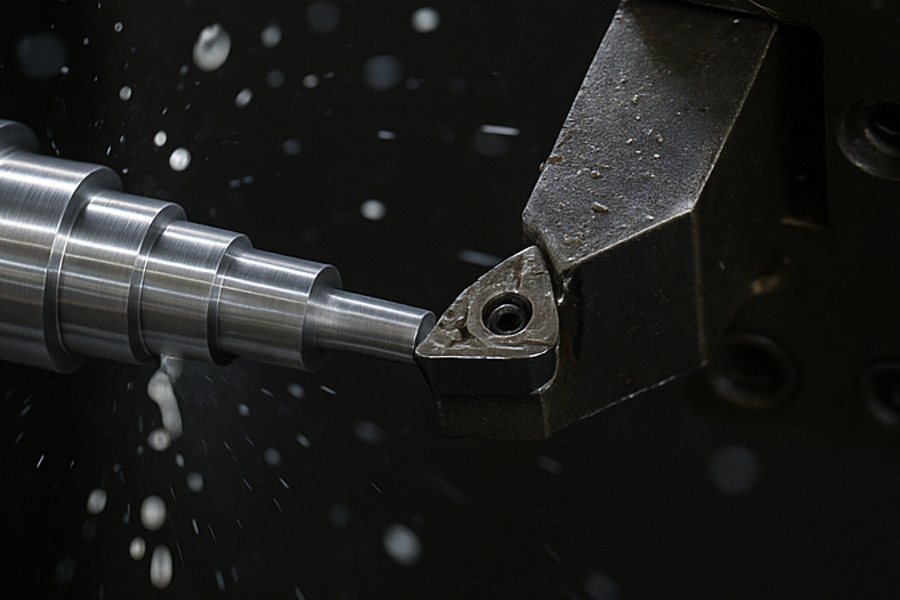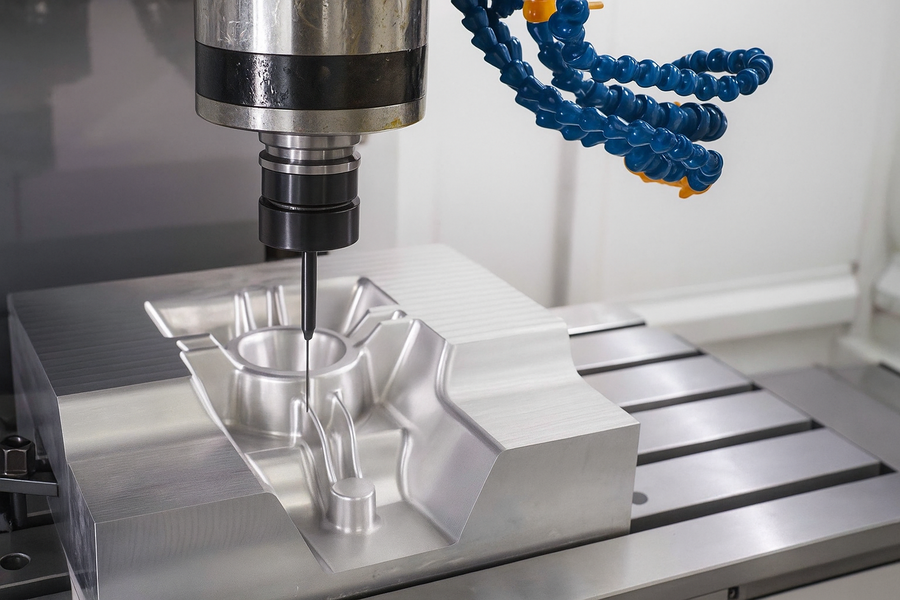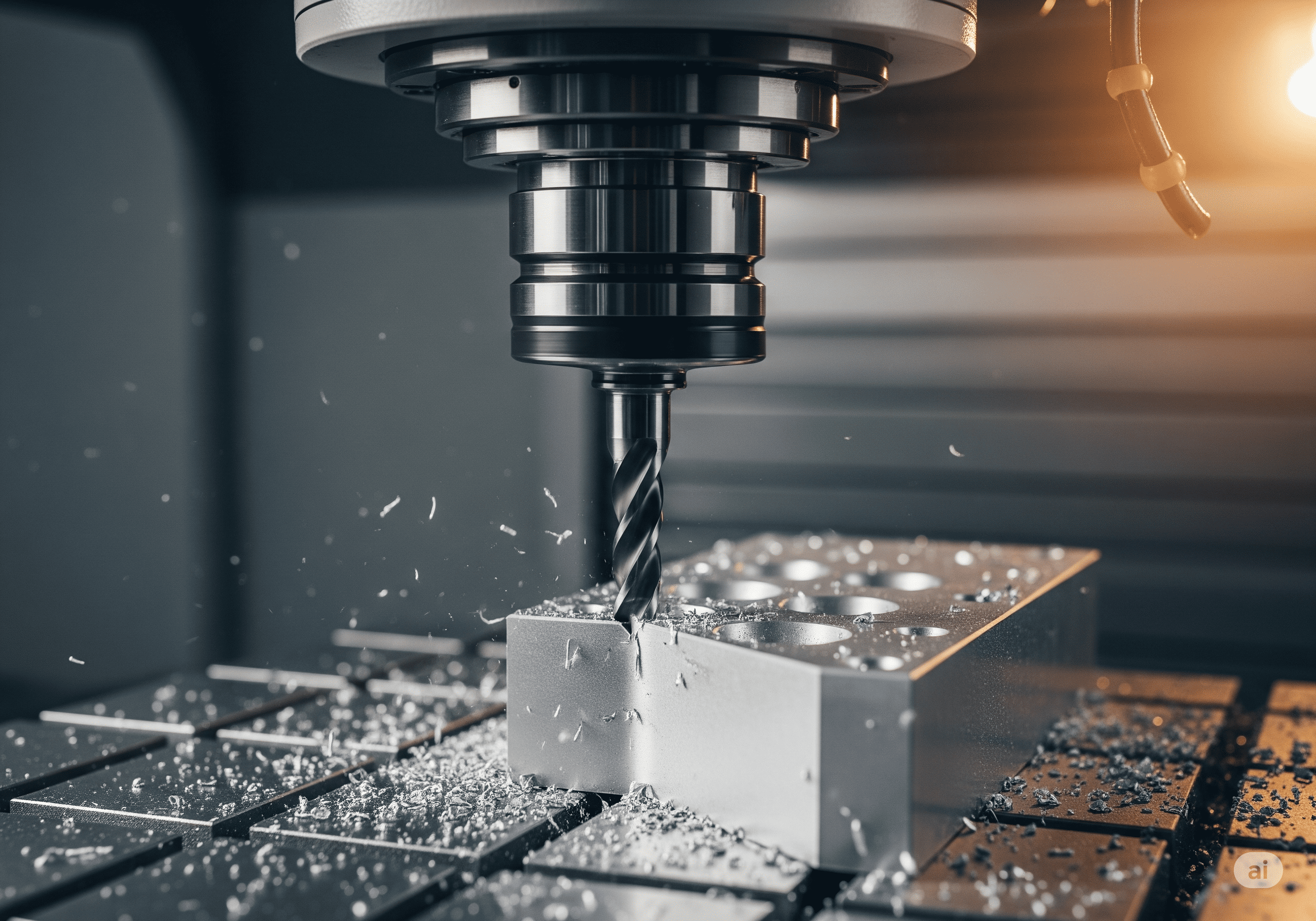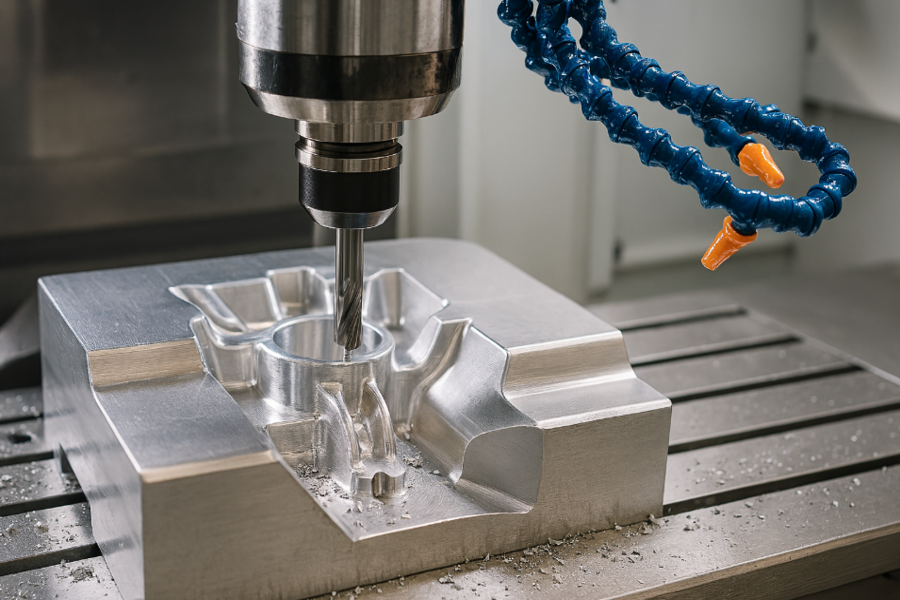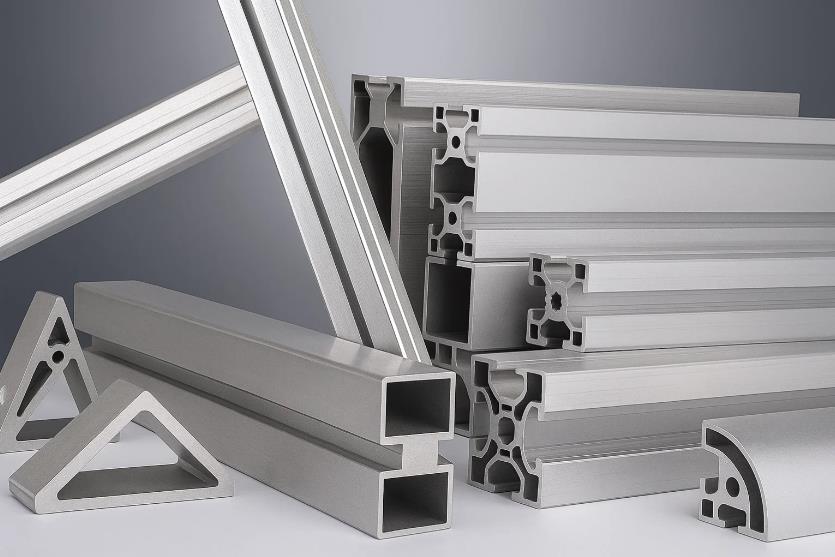Face milling is a critical component in the world of precision manufacturing, especially in industries like aerospace, automotive, and medical device production. This process plays a central role in producing high-quality, flat surfaces on a wide variety of materials, making it indispensable for creating components that require both durability and precision.
At Ares Precision, we specialize in CNC machining and understand how important face milling is for achieving the desired surface finishes and tight tolerances in a range of industries. This blog post will cover the fundamentals of face milling, the benefits it offers, the tools used, its diverse applications, and best practices for getting the most out of this powerful machining technique.
What is Face Milling?
Face milling refers to a machining process where a rotating cutter removes material from the surface of a workpiece. Unlike other milling techniques, face milling primarily focuses on cutting along the surface of the material, utilizing the cutting edges on the side of the tool to engage the material. This results in a flat, smooth surface, making it ideal for operations that require precision and smooth finishes.
The face milling process is typically performed using a milling machine equipped with a face mill. The tool, which can have multiple teeth, rotates at high speeds and removes material from the surface of the workpiece. Face milling is capable of removing large volumes of material quickly, making it ideal for roughing as well as finishing operations.
Key characteristics of face milling include:
-
Multiple Cutting Edges: The cutter used in face milling typically has multiple teeth that engage with the material to remove material effectively and efficiently.
-
Precision: The face mill provides high precision, achieving a smooth surface finish and high-quality results.
-
Efficiency: Face milling can quickly remove large amounts of material while maintaining dimensional accuracy and surface quality.
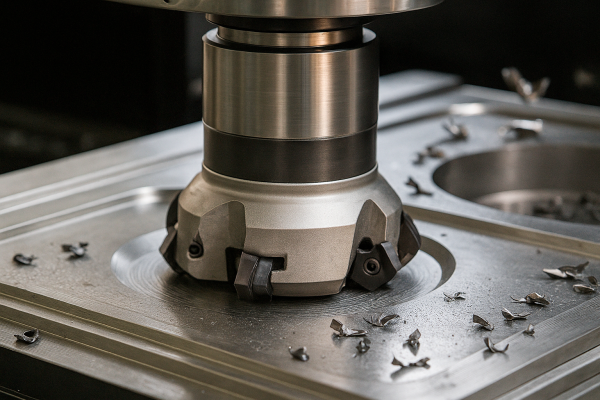
How Does Face Milling Work?
Face milling is done using a cutting tool known as a face mill, which is equipped with a set of inserts or teeth. The cutting tool rotates in the opposite direction of the workpiece, and as the tool rotates, it cuts through the material, removing chips and creating a smooth, flat surface.
Step-by-Step Process:
-
Tool Setup: The face mill cutter is installed in the CNC machine, and the workpiece is securely fastened on the machine bed.
-
Cutting Parameters: Parameters such as the spindle speed, feed rate, and depth of cut are set based on the material being cut and the specific requirements of the operation.
-
Tool Rotation: As the CNC machine starts, the face mill rotates at high speeds, engaging the material along the flat surface.
-
Material Removal: The teeth on the face mill begin cutting through the material, gradually removing material from the surface.
-
Surface Finish: As the tool completes the cut, the surface of the material becomes smooth, precise, and free of imperfections.
Types of Face Milling Cutters
There are several types of face milling cutters available, each designed to meet specific material and surface finish requirements. Choosing the right face milling cutter is essential for achieving the desired results.
Insert Face Milling Cutters
Insert face milling cutters are equipped with interchangeable cutting inserts. These inserts can be easily replaced when they wear out, making the tool cost-effective for high-volume production. Insert face milling cutters are ideal for heavy-duty material removal and are commonly used in industries that require both precision and speed.
Solid Face Milling Cutters
Solid face milling cutters are made from a single piece of material, typically high-speed steel (HSS) or carbide. These cutters are particularly useful for applications that require fine finishes and tight tolerances. Solid face mills offer superior strength and can handle a variety of materials, including harder metals.
Shell Mill Cutters
Shell mills are modular tools that consist of a tool body and interchangeable inserts. They are commonly used for large workpieces and can be easily adapted to meet specific machining requirements. Shell mill cutters provide high versatility and are suitable for both roughing and finishing operations.
Slab Mills
Slab mills are designed for heavy-duty cutting and are typically used to remove large amounts of material. They have a large cutting surface area and are used for applications such as machining wide, flat surfaces. Slab mills are ideal for operations that require significant material removal in a single pass.
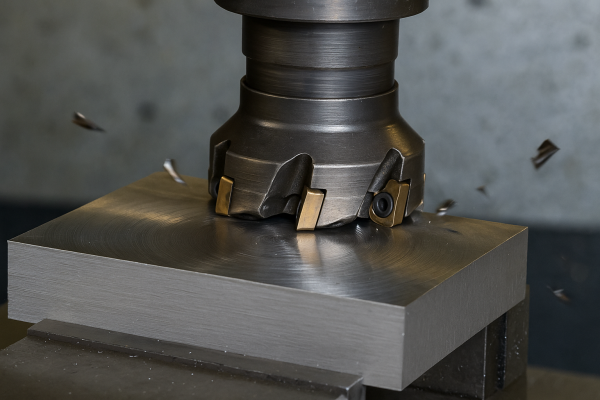
Key Benefits of Face Milling
Face milling offers several benefits that make it a preferred choice for many manufacturing processes. Some of the main advantages include:
High Material Removal Rate
One of the primary benefits of face milling is its ability to quickly remove large amounts of material. This makes it an ideal process for both roughing and finishing operations, particularly when working with large components that require a significant amount of material to be removed.
Superior Surface Finish
Face milling produces high-quality surfaces with excellent smoothness and precision. The cutting tool’s teeth work efficiently to create a smooth, even surface, making it suitable for applications that require a clean, finished surface. This is particularly important in industries like automotive and aerospace, where surface finish is critical.
Versatility
Face milling is a versatile process that can be used to machine a wide variety of materials, including aluminum, stainless steel, titanium, and even plastics. Its ability to handle different materials with ease makes it an indispensable tool in the manufacturing of components for diverse industries.
Cost-Effectiveness
Face milling is an efficient process that allows for fast production, reducing labor costs and cycle times. The ability to quickly remove large amounts of material and produce high-quality finishes helps reduce overall production costs, making face milling an economical option for both small and large production runs.
Precision and Accuracy
Face milling provides excellent precision and accuracy, making it ideal for applications that require tight tolerances. CNC face milling machines can achieve tolerances as tight as ±0.001 inches, ensuring that each component meets the required specifications for fit and function.
Applications of Face Milling
Face milling is used across multiple industries, ranging from automotive to aerospace and medical device manufacturing. The versatility and precision of face milling make it suitable for producing a wide variety of components.
Aerospace
In aerospace manufacturing, face milling is used to produce parts like wing brackets, engine components, and turbine blades. These parts require precision, strength, and durability, all of which are achieved through the face milling process. The ability to create smooth, high-quality surfaces is critical for components that operate under extreme conditions.
Automotive
Face milling plays a vital role in the automotive industry, particularly in the production of engine blocks, cylinder heads, and brake components. The need for precision in engine parts and structural components makes face milling an ideal process for these applications.
Medical Devices
In the medical device industry, face milling is used to produce surgical instruments, medical trays, prosthetics, and implants. The precision and surface finish provided by face milling ensure that medical components meet stringent requirements for functionality, safety, and cleanliness.
Electronics
Face milling is also widely used in electronics manufacturing, particularly for enclosures, mounting brackets, and heat sinks. These components require tight tolerances and clean surfaces to protect sensitive electronic components from damage or overheating.
Key Considerations for Achieving Optimal Face Milling Results
Achieving high-quality results in face milling requires attention to several factors, including material selection, tooling, machine setup, and cutting parameters. Here are some key considerations:
Material Compatibility
Different materials require different cutting parameters. For example, aluminum can be machined at higher speeds than stainless steel, and titanium requires special tooling and cooling to prevent overheating. It’s important to match the material with the appropriate milling cutter and cutting speeds.
Tool Selection
Selecting the right tool is critical for achieving the desired surface finish and material removal rate. Depending on the specific requirements, manufacturers may need to use flat end mills, ball nose cutters, or slab mills. The tool material (e.g., carbide or HSS), coating, and geometry all affect performance and tool life.
Cutting Parameters
Adjusting cutting parameters such as spindle speed, feed rate, and depth of cut is essential for optimal performance. High spindle speeds and fast feed rates are ideal for softer materials, while slower speeds and feeds are necessary for harder materials to prevent tool wear and ensure a good surface finish.
Conclusion
Face milling is an indispensable process for precision manufacturing, offering speed, versatility, and the ability to create high-quality surfaces. Whether you are producing automotive components, medical devices, or aerospace parts, face milling can help achieve tight tolerances, smooth finishes, and cost-effective results.
At Ares Precision, we offer state-of-the-art face milling services to meet the needs of a wide range of industries. Our team of experienced engineers and machinists uses advanced CNC milling technology to produce high-quality components that meet your exact specifications. Whether you need a prototype, small production run, or large-scale manufacturing, we provide reliable and cost-effective solutions for all your machining needs.
Contact Ares Precision today to learn more about our face milling services and how we can help with your next project. Let us assist you in turning your designs into precise, functional, and durable products.

